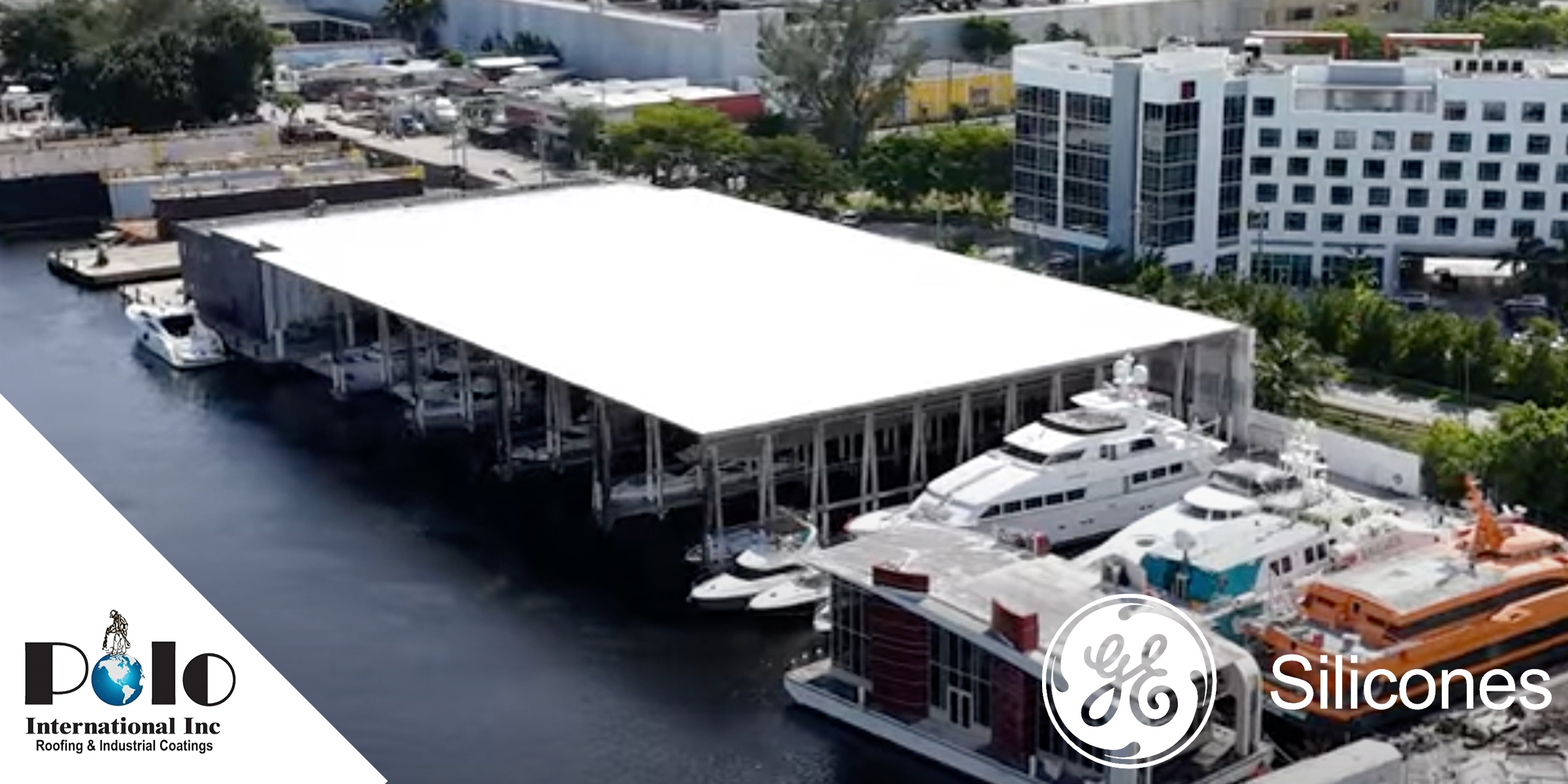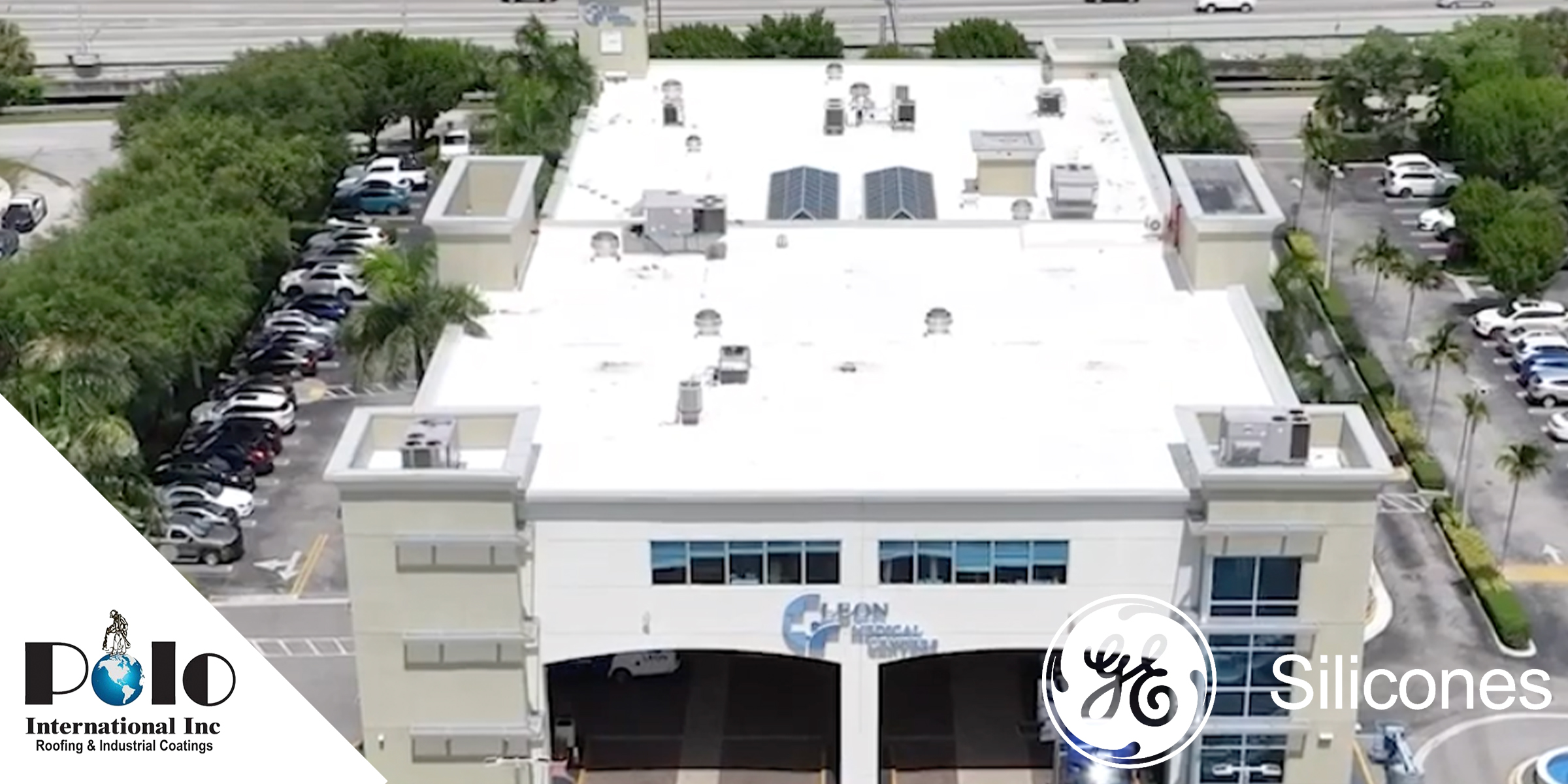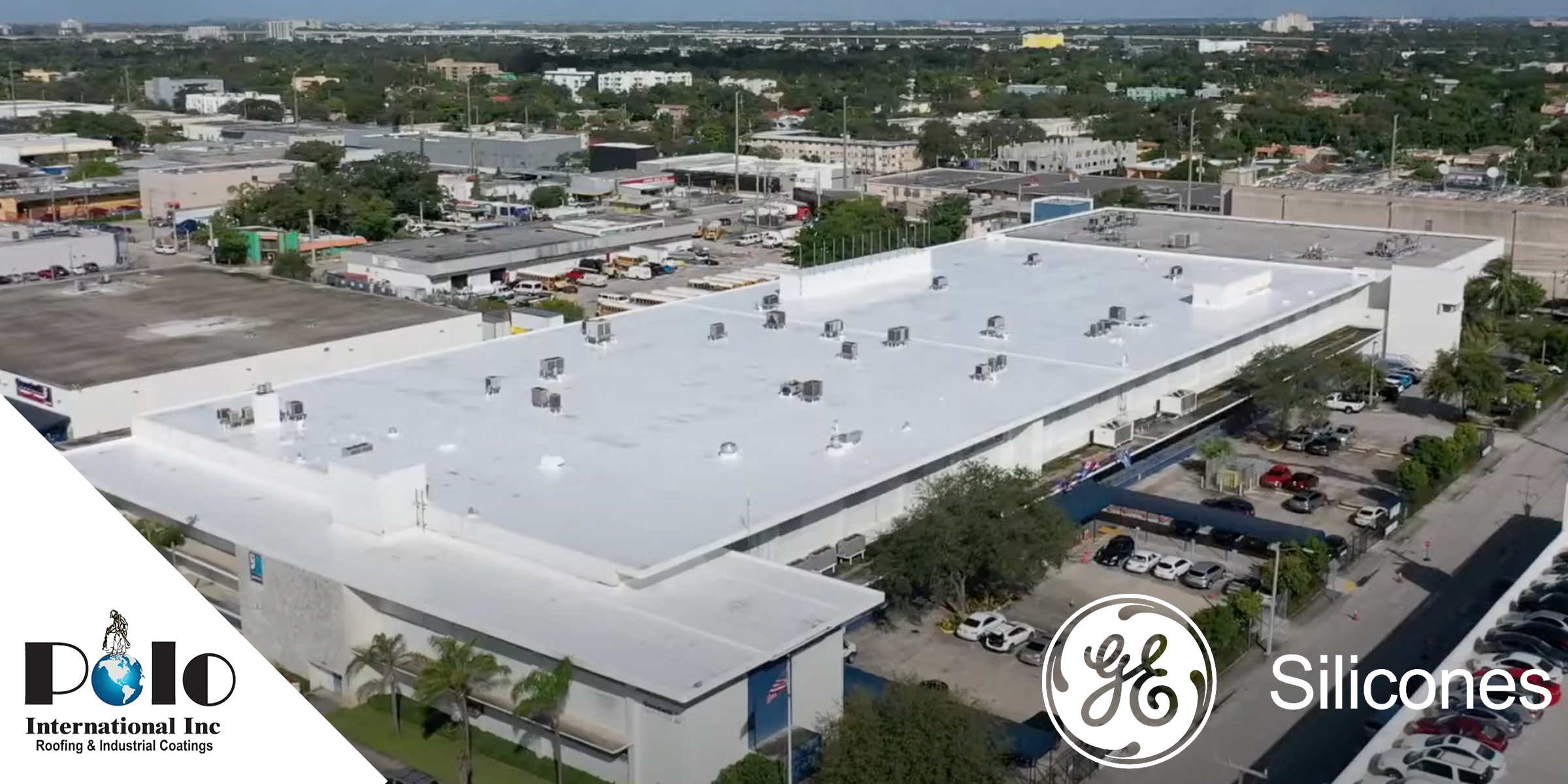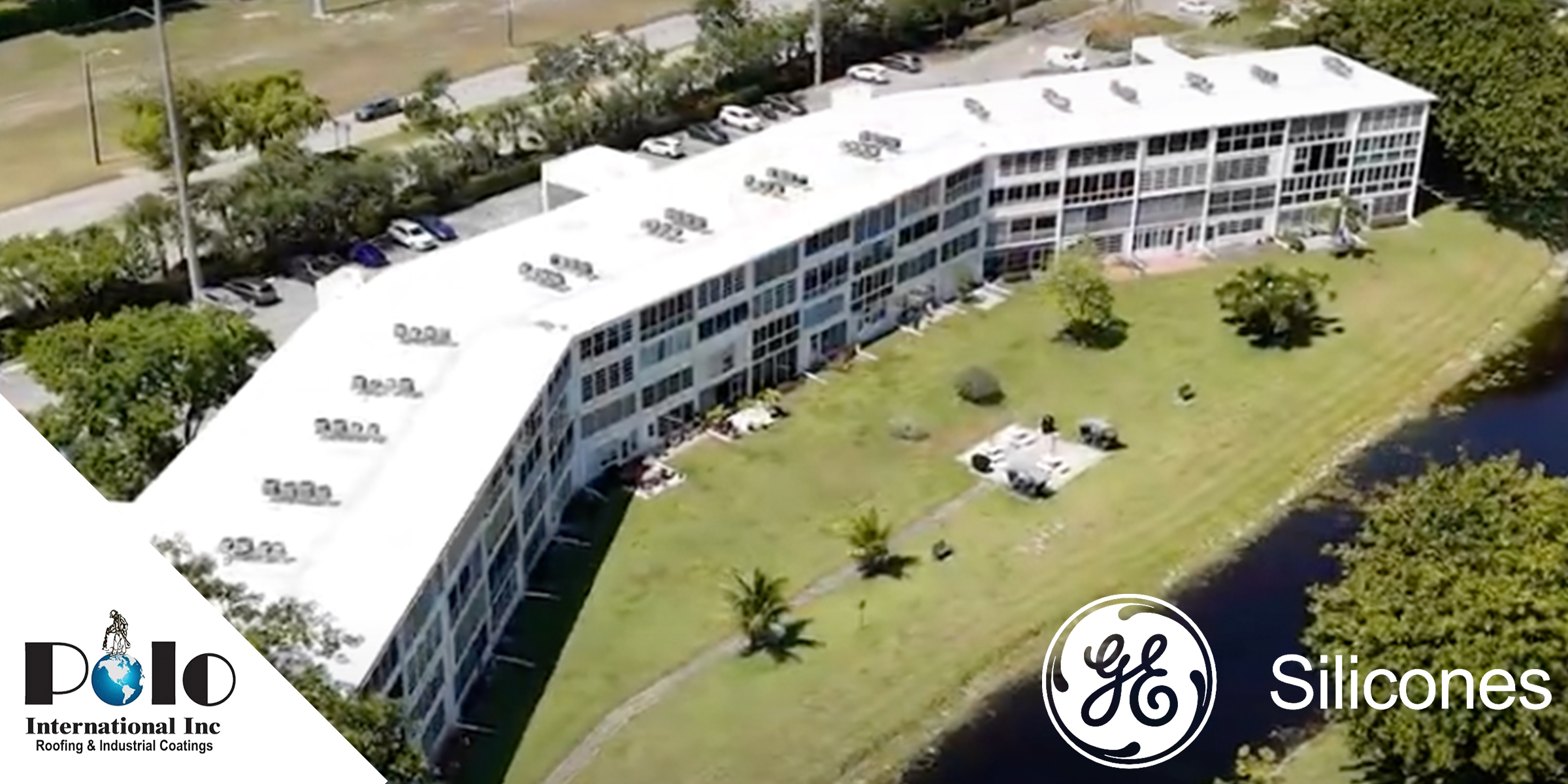
The Economic Edge: Why Spray Foam Roofing is a Smart Investment
Balancing upfront costs with long-term savings is critical for commercial property managers. Spray Polyurethane Foam (SPF) roofing is an increasingly popular investment that delivers economic advantages far beyond its initial cost. With benefits such as substantial energy savings, reduced maintenance expenses, and extended roof lifespan, SPF roofing represents a strategic choice for businesses prioritizing sustainability and operational efficiency.
Commercial buildings often face high heating and cooling costs that strain operational budgets. SPF roofing enhances insulation, a critical factor in reducing energy consumption, particularly in climates with extreme weather like Phoenix, AZ, or Chicago, IL. By minimizing HVAC reliance, SPF roofing achieves measurable savings that can offset installation costs over time.
The seamless application of SPF roofing is another advantage, reducing the risks of leaks and water damage. This resilience not only lowers maintenance expenses but also protects the structural integrity of your building. Investing in SPF roofing demonstrates fiscal responsibility and sustainability, delivering economic resilience and a strong return on investment (ROI).
The Economic Benefits of SPF Roofing
1. Energy Savings
SPF roofing acts as a superior insulator by minimizing thermal bridging and reducing air infiltration. This significantly lowers energy costs for heating and cooling, especially in regions with extreme seasonal temperatures. Studies indicate SPF roofs can reduce energy bills by up to 30%, allowing businesses to reallocate savings to other operational priorities.
2. Reduced Maintenance Costs
Traditional roofing systems are prone to wear and tear, requiring frequent inspections and costly repairs. SPF roofing, with its seamless application, eliminates common problem areas like seams and joints that lead to leaks. By reducing repair frequency and maintenance demands, SPF roofs help commercial property owners lower annual operational expenses.
3. Extended Roof Lifespan
SPF roofing is designed to endure. With proper care, it can last over 30 years, far exceeding the lifespan of traditional systems like built-up or single-ply roofing. This longevity reduces the need for frequent replacements and spreads costs over a longer timeframe, delivering exceptional value.
4. Faster, Cost-Effective Installation
Unlike traditional roofing systems that require labor-intensive layering, SPF is applied as a liquid that expands into foam, creating a seamless protective layer. This reduces labor costs and speeds up installation. In urban environments like New York, NY, where time and space are at a premium, SPF roofing’s efficient installation provides a clear economic advantage.
5. Avoiding Roof Tear-Off Costs
SPF roofing can often be applied directly over existing materials, eliminating the need for expensive tear-offs. This saves on labor, disposal fees, and environmental waste, making SPF an eco-friendly and budget-conscious option.
6. Tax Incentives and Rebates
Energy-efficient roofing systems like SPF qualify for federal and state tax incentives or rebates. By leveraging these programs, property owners can significantly reduce the upfront investment costs of SPF installation. Researching local programs ensures businesses maximize available financial benefits.
7. Reduced Insurance Premiums
Due to its durability and resistance to weather damage, SPF roofing often qualifies for lower insurance premiums. Properties in disaster-prone areas, such as New Orleans, LA, may benefit from substantial savings while ensuring added protection against severe storms and flooding.
8. Increased Property Value
SPF roofing enhances property value by lowering energy costs and minimizing long-term maintenance requirements. Commercial buildings marketed as energy-efficient and low-maintenance attract prospective buyers or tenants, enabling higher lease rates or sale prices.
9. Environmental and Regulatory Benefits
SPF roofing’s energy efficiency aligns with green building standards and sustainability goals, reducing a building’s carbon footprint. Its environmental benefits often translate into economic advantages, such as compliance with energy regulations, green certifications, and additional tax credits.
Comparing SPF Roofing to Traditional Systems
SPF roofing outperforms traditional systems like built-up roofing (BUR) or single-ply membranes in both economic and operational terms:
- Energy Efficiency: Traditional systems often require additional insulation layers to achieve the same thermal resistance as SPF, increasing material costs. SPF’s built-in insulation reduces HVAC usage and energy bills.
- Durability: The seamless application of SPF prevents common issues like water infiltration and thermal expansion damage, reducing repair frequency compared to systems with seams or fasteners.
- Installation Costs: Built-up systems and single-ply membranes often involve multiple layers and extensive labor, while SPF’s liquid application is faster and more cost-effective.
- Maintenance: Traditional roofs are prone to ponding water and degradation, leading to higher repair costs. SPF’s weather resistance and ease of re-coating minimize these expenses.
Future-Proofing with SPF Roofing
SPF roofing adapts to evolving environmental and regulatory requirements. By improving energy efficiency, reducing heat transfer, and preventing leaks, it prepares buildings to meet stricter energy performance codes and sustainability standards.
SPF roofing supports modern building trends, including integration with solar panels, without requiring extensive retrofits. Its lightweight nature and seamless design ensure that additional upgrades can be implemented cost-effectively. For property managers concerned with long-term investment value, SPF roofing provides a solution that supports both current needs and future demands.
FAQs
What makes spray foam roofing a top choice for commercial properties?
Spray foam roofing offers unmatched insulation, leading to lower heating and cooling costs. Its seamless design minimizes maintenance needs, while its durability ensures a lifespan of over 30 years. These features provide both immediate savings and long-term cost efficiency.
How does spray foam roofing contribute to future savings?
SPF roofing reduces energy consumption, lowers repair costs, and avoids frequent replacements, ensuring significant long-term savings. It also qualifies for tax incentives and insurance discounts, further enhancing its financial benefits.
How can property managers protect SPF roofs in extreme weather?
Routine inspections, prompt repairs, and protective coatings enhance SPF roofing’s resilience to extreme weather. Ensuring drainage systems are clear and adding UV-resistant coatings can prevent damage from storms or prolonged sun exposure.
What products are used?
Trusted manufacturers like GE Silicone, Carlisle, HENRY Co, and Everest Systems meet these demands with advanced spray foam products expertly applied by Polo International.
Takeaways
Spray foam roofing is a superior investment for commercial properties, offering substantial energy savings, reduced maintenance costs, and enhanced durability. With its adaptability to changing environmental conditions and compliance with sustainability standards, SPF roofing future-proofs your property while delivering immediate economic benefits.
For commercial property managers looking to maximize ROI and align with green building practices, SPF roofing offers a reliable, long-lasting solution. Choosing experienced providers like Polo International ensures a seamless installation and optimal performance, securing your building’s value and investment for decades to come.




